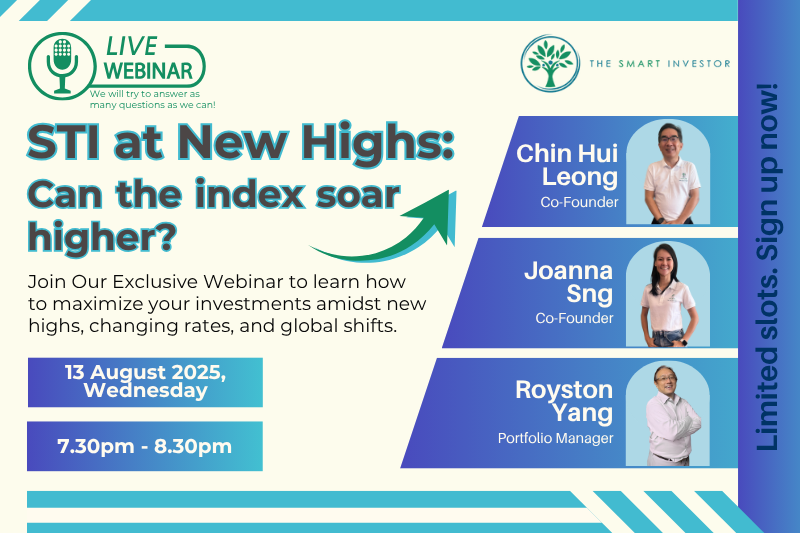It seems as though the bears have gone into hibernation and the bulls are now in charge. According to market statisticians, Thursday 8 June marked the day when the bear market that started on 12 October 2022 officially ended.
The end of a bear market is reckoned to be when an index has risen 20% from its low point. It’s somewhat arbitrary and maybe contrived. But who are we to say. So, on 12 October, the S&P 500 closed at a low of 3,577 points. On Thursday 8 June, the index ended the session at 4,293 points. That is a 20% rise.
But not everyone is convinced that we can look forward to better times ahead. They point out that central banks are far from done with their interest-rate hikes. As we have seen, some central banks, such as the Reserve Bank of Australia and the Bank of Canada, can turn on a sixpence.
Sceptics also point out that the rally in the S&P 500 has been driven by just a handful of stocks. Rather than a broad-market rise, the increase has been concentrated around a bunch of tech names and companies that are purportedly involved in artificial intelligence (AI).
Scepticism is not unusual, as markets emerge from a long period of falling prices. It is what is commonly referred to as bull markets climbing a wall of worry. It is not until the last sceptic or bear has been converted that the bull market will come to an end.
However, dividend investors should resist the urge to listen to either the uber-bulls or the uber-bears. So, forget about the tug-of-war between the two camps. Instead, we need to focus on what really matters, which is to derive increasingly higher income from our portfolios.
It might not be anywhere as exciting as talking about bull and bear markets. But it can be considerably more rewarding, particularly over the long term.
What’s more, as the market becomes increasingly more obsessed and excited with AI, it could mean that income investors have more opportunities to buy more of those boring dividend stocks that have been ignored.
Quite frankly, we shouldn’t really care who wins the tug-of-war. If the bulls are right, we might be rewarded with some price appreciation as well as our dividends. If the bears win, then we still get of dividends and, perhaps, a chance to buy more shares at better prices. Either way, the long-term income investor wins.
If you’d like to learn more investing concepts, and how to apply them to your investing needs, sign up for our free investing education newsletter, Get Smart! Click HERE to sign up now.
Get more stock updates on our Facebook page. Click here to like and follow us on Facebook.
Disclosure: David Kuo does not own any of the shares mentioned.






